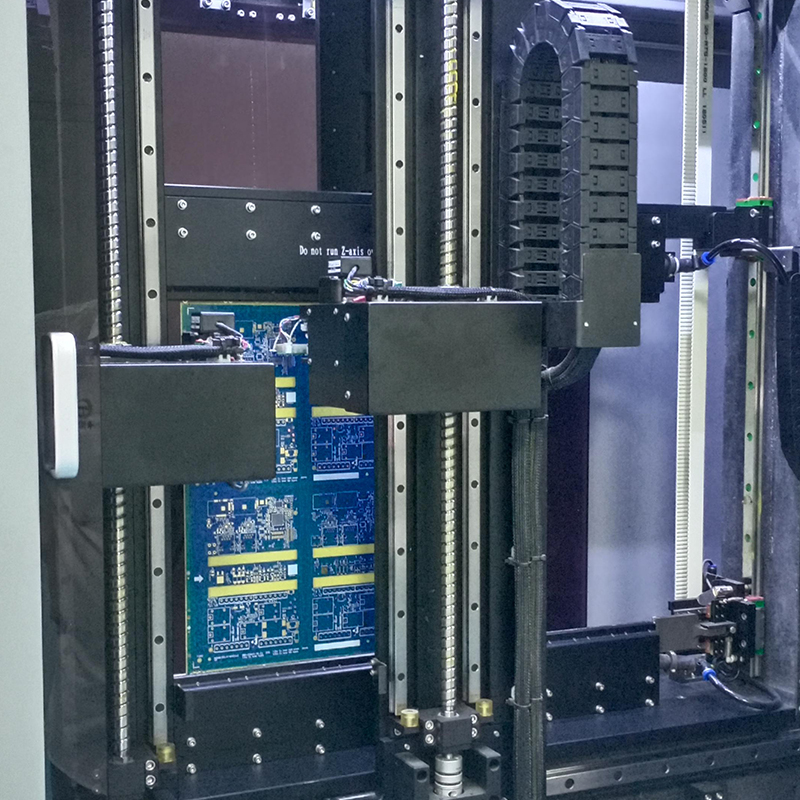How to solve the problem of size control and dimensional change of 6-layer PCB: careful study of high temperature environment and mechanical stress
Introduction
Printed circuit board (PCB) design and manufacturing face many challenges, particularly in maintaining dimensional control and minimizing dimensional variations. This is especially true for 6-layer PCBs that are subject to high temperature environments and mechanical stress. In this blog post, we will explore some effective strategies and techniques to overcome these issues and ensure the stability and reliability of such PCBs.
Understand the problem
In order to effectively solve any problem, it is important to first understand its root cause. In the case of size control and dimensional changes of 6-layer PCBs, two main factors play an important role: high temperature environment and mechanical stress.
High temperature environment
High temperature environments, both during operation and manufacturing, can cause thermal expansion and contraction within the PCB material. This can cause changes in the size and dimensions of the board, compromising its overall functionality. Additionally, too much heat can cause the solder joint to weaken or even break, causing further dimensional changes.
Mechanical stress
Mechanical stress (such as bending, deflection or vibration) can also affect the dimensional control and dimensional stability of 6-layer PCBs. When subjected to external forces, PCB materials and components may physically deform, potentially changing their dimensions. This is especially important in applications where the PCB is frequently subject to movement or mechanical stress.
Solutions and Technologies
1. Material selection
Choosing the right materials is critical to reducing dimensional control and dimensional variation for 6-layer PCBs. Choose materials with a low coefficient of thermal expansion (CTE) as they are less susceptible to thermal fluctuations. High-temperature laminates, such as polyimide, can also be used to enhance dimensional stability at high temperatures.
2. Thermal management
Implementing effective thermal management techniques is critical to dealing with high-temperature environments. Ensuring proper heat dissipation through the use of heat sinks, thermal vias, and thermal pads helps maintain a stable temperature distribution across the entire PCB. This reduces the potential for thermal expansion and contraction, minimizing dimensional control issues.
3. Mechanical stress relief
Taking steps to alleviate and disperse mechanical stress can significantly improve the dimensional stability of 6-layer PCBs. Reinforcing the board with support structures or implementing stiffeners can help mitigate bending and deflection, preventing dimensional control issues. In addition, the use of vibration reduction technology can reduce the impact of external vibration on the PCB.
4. Reliability design
Designing PCBs with reliability in mind plays a vital role in reducing dimensional variation. This includes considering factors such as trace routing, component placement, and layer stacking. Carefully planned traces and effective ground planes minimize the possibility of signal degradation due to dimensional changes. Proper component placement can prevent hot spots from generating excess heat, further preventing size control issues.
5. Robust manufacturing process
The use of advanced manufacturing processes that closely monitor and control temperature conditions can significantly help maintain dimensional control and minimize dimensional changes. Precise welding techniques and accurate heat distribution during assembly help ensure strong and reliable solder joints. Additionally, implementing proper handling and storage procedures during manufacturing and shipping can minimize dimensional changes caused by mechanical stress.
In conclusion
Achieving precise dimensional control and dimensional stability in a 6-layer PCB, especially in high-temperature environments and mechanical stress situations, presents a unique set of challenges. These challenges can be overcome through careful selection of materials, implementation of effective thermal management and mechanical stress relief techniques, design for reliability, and use of robust manufacturing processes. Keep in mind that a well-executed approach to addressing these aspects can ensure the stability and reliability of a 6-layer PCB, thereby ensuring its successful performance in a variety of critical applications.
Post time: Oct-05-2023
Back







